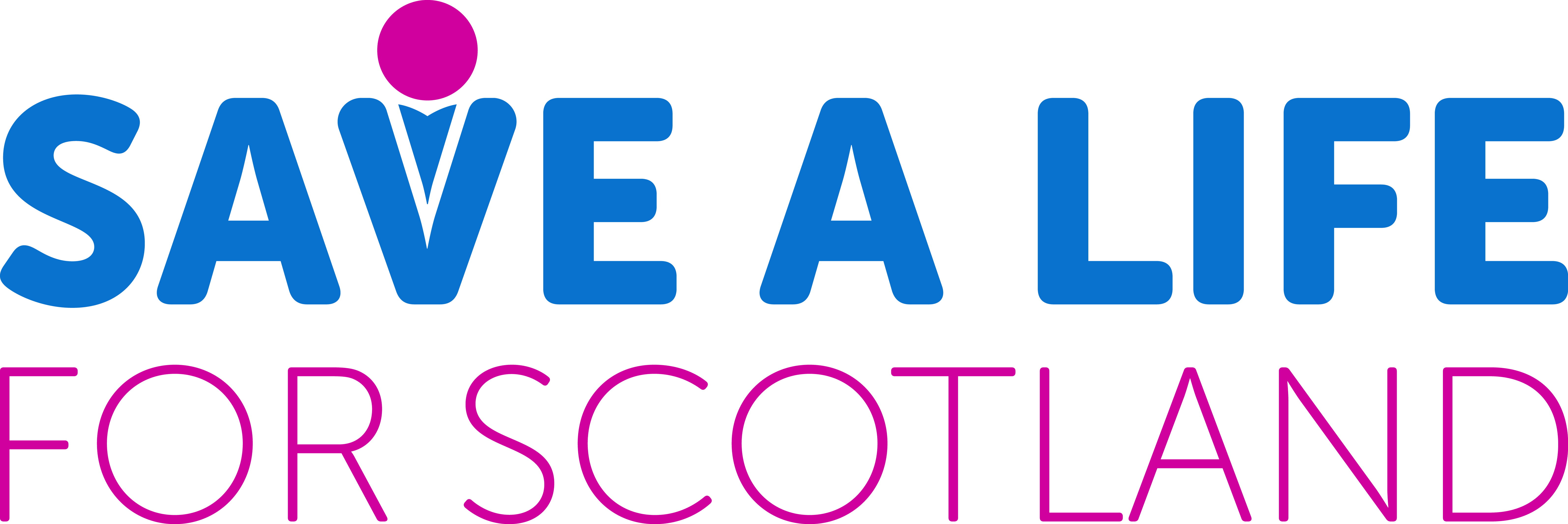In Scotland, women make up 36% of all out of hospital cardiac arrests. This amounts to 1,200 women per year.
However, studies have shown that across the board, women are less likely than men to receive CPR when in cardiac arrest:
- Women are more likely to arrest at home rather than in public, so there are potentially no witnesses.
- Even in the case of a witnessed arrest, psycho-social factors such as fear of being accused of sexual assault and perceived “female frailty” make bystanders hesitant to step in. Women are also less likely to have a defibrillator used on them by a bystander than men.
- Even when emergency services arrive, they are slower to recognise cardiac arrests in women and are less likely to give recommended procedures and medications in comparison to male patients.
Unfortunately this trend isn’t limited to the pre-hospital setting. In hospital, women who have cardiac arrests have higher mortality rates, worse neurological outcomes and receive less post-arrest intervention than men. Despite cardiac arrest treatment protocols being uniform between the sexes, women are less likely to receive the standard post-arrest treatment than men. This has important implications with regard to survival rates and post-arrest quality of life.
So how do you perform CPR on a woman?
Let’s clear up this misconception once and for all: CPR is a gender neutral life-saving technique. Properly administering CPR only involves pushing on the patient’s sternum, regardless of whether that patient has breasts. We need to change the culture and attitudes around cardiac arrest in women in order to close this gender health gap. Having breasts should not stand in the way of a person getting the help they need. Let’s kill the stigma that’s killing women and #GiveHerCPR.
Photo: www.womanikin.org


